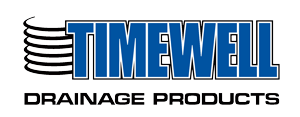Permeable pavement is generally defined as a porous urban-type surface composed of open pore pavers, concrete, asphalt or other alternate materials with an underlying reservoir typically compromised of stone. Permeable pavement catches precipitation and surface runoff, storing it in the reservoir while allowing it to slowly infiltrate into the soil below or discharge via an underdrain. Permeable pavements thus help prevent hazards caused by extreme temperatures and are also eco-friendly. But they have drawbacks, as well, such as costs, maintenance needs, and durability. Despite the claims of some companies, permeable pavements and types are not appropriate for every situation.
This course will examine the pros and cons of permeable pavements, their uses in parking lots, driveways, and other traffic environments, while exploring the most appropriate applications. It will also examine trends for permeable pavement usage, both in public and private settings, and what these trends mean for communities and consumers.
Learning Objectives
Upon successful completion of this course, learners should be able to:
- Explain types of permeable pavements
- Identify benefits of permeable pavements
- Explain design considerations for permeable pavements
- Discuss future trends
Instructors
Zachary H. Ranstead is a Supervising Engineer at T&M Associates
Kenneth C. Smith, II is a Supervising Engineer at T&M Associates


 Freshwater Streams: Why They Are Important and How They Can Be Restored
Freshwater Streams: Why They Are Important and How They Can Be Restored 



